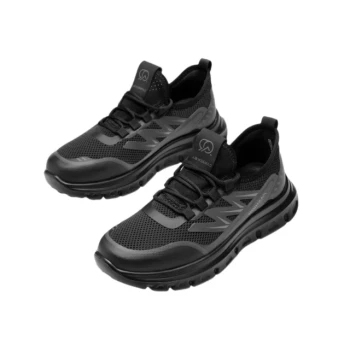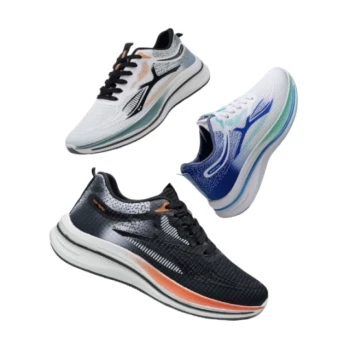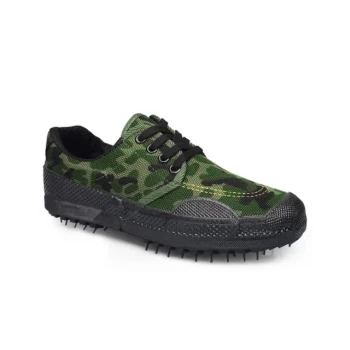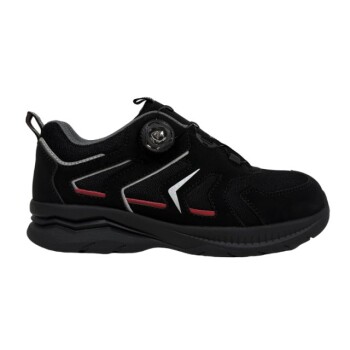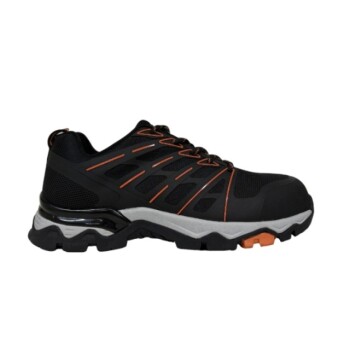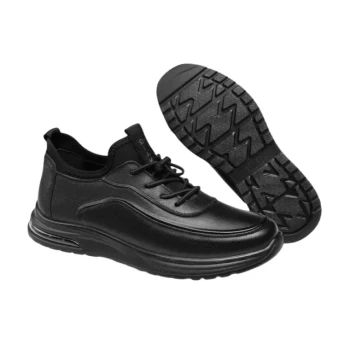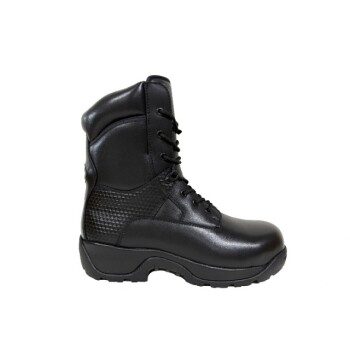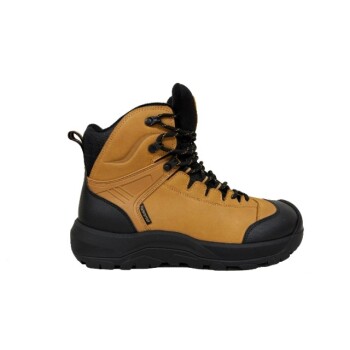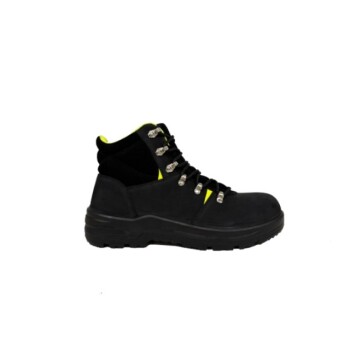Choosing a slim skate shoe is a decision that directly impacts how you feel and control your board. These shoes are known for being lightweight and affordable, offering an exceptional connection to your deck. However, this enhanced board feel comes at the direct cost of reduced padding and impact absorption.
The choice between a slim shoe and a bulkier alternative is a fundamental trade-off between board feel and impact protection. Understanding the construction difference—typically vulcanized vs. cupsole—is the key to deciding which is right for your style of skating.
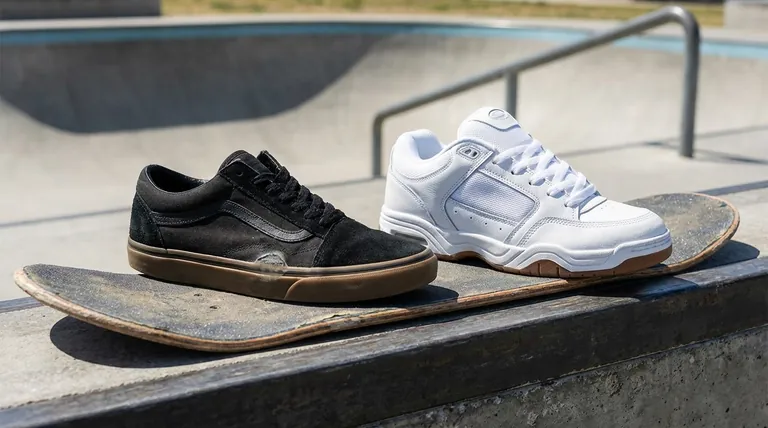
The Core Difference: Construction Method
The "slim" profile of a skate shoe is most often the result of its vulcanized construction, which stands in contrast to the sturdier cupsole design.
What Defines a Slim (Vulcanized) Shoe?
A vulcanized shoe's sole is attached to the upper using a strip of rubber foxing tape that is then super-heated in an oven. This process essentially melts and fuses the components into one flexible, integrated piece.
This construction results in a thin, flat, and highly pliable outsole that is ready to skate right out of the box with minimal break-in time.
The Alternative: The Bulky (Cupsole) Shoe
In contrast, a cupsole is a separate, durable rubber sole shaped like a "cup" that the shoe's upper sits inside. The two parts are then glued and often stitched together for maximum durability.
This method creates a stiffer, more structured shoe with more material between your foot and the board.
The Performance Advantage of Slim Shoes
Skaters who prioritize precision and control are naturally drawn to the distinct benefits of a slim, vulcanized design.
Unparalleled Board Feel
The primary advantage is superior board feel. The thin sole transmits the texture and contours of your deck directly to your feet, allowing for micro-adjustments that are essential for technical tricks like flip-ins or maneuvering in a bowl.
Superior Flexibility and Grip
The inherent flexibility of a vulcanized shoe allows it to conform to the concave of your board perfectly. This enhances grip and provides the tactile feedback needed for flicking your board with precision.
Lightweight Agility
By design, slim shoes are significantly lightweight. This reduces foot fatigue and allows for quicker, more agile movements, which is a clear benefit for complex, fast-paced skating.
Understanding the Trade-offs
The benefits of a slim shoe are directly linked to its drawbacks. The very features that enhance board feel are what compromise its protective qualities.
Reduced Impact Protection
The most significant con is the lack of padding. The thin sole provides minimal cushioning against harsh landings from stairs, gaps, or large drops. This can lead to bruised heels and increased strain on your joints over time.
Durability Under High Stress
While a quality slim shoe uses durable materials, the heat-fused construction can sometimes be less resilient to the repeated, high-impact abuse that a stitched cupsole is built to withstand.
Making the Right Choice for Your Skating Style
Your decision should be based entirely on how and where you skate.
- If your primary focus is technical street or transition skating: The superior board feel and flexibility of a slim shoe will give you the control you need for precise tricks.
- If your primary focus is skating large gaps, stairs, or high-impact spots: The added cushioning and support of a bulkier cupsole shoe is the more practical choice for protecting your feet.
Ultimately, the best shoe is the one that aligns with your specific needs and enhances your personal connection to skateboarding.
Summary Table:
| Pros of Slim Skate Shoes | Cons of Slim Skate Shoes |
|---|---|
| Superior board feel & control | Reduced impact protection & cushioning |
| Lightweight & agile for tricks | Less durable for high-impact abuse |
| Excellent flexibility & grip | Can lead to foot fatigue on harsh landings |
| Minimal break-in time | Not ideal for large gaps or stairs |
Ready to find the perfect skate shoe for your needs? As a large-scale manufacturer, 3515 produces a comprehensive range of footwear for distributors, brand owners, and bulk clients. Whether you need high-performance slim shoes for technical skating or durable cupsoles for high-impact spots, our production capabilities encompass all types of shoes and boots. Let us help you equip your customers with the right gear—contact our team today to discuss your footwear requirements!
Visual Guide
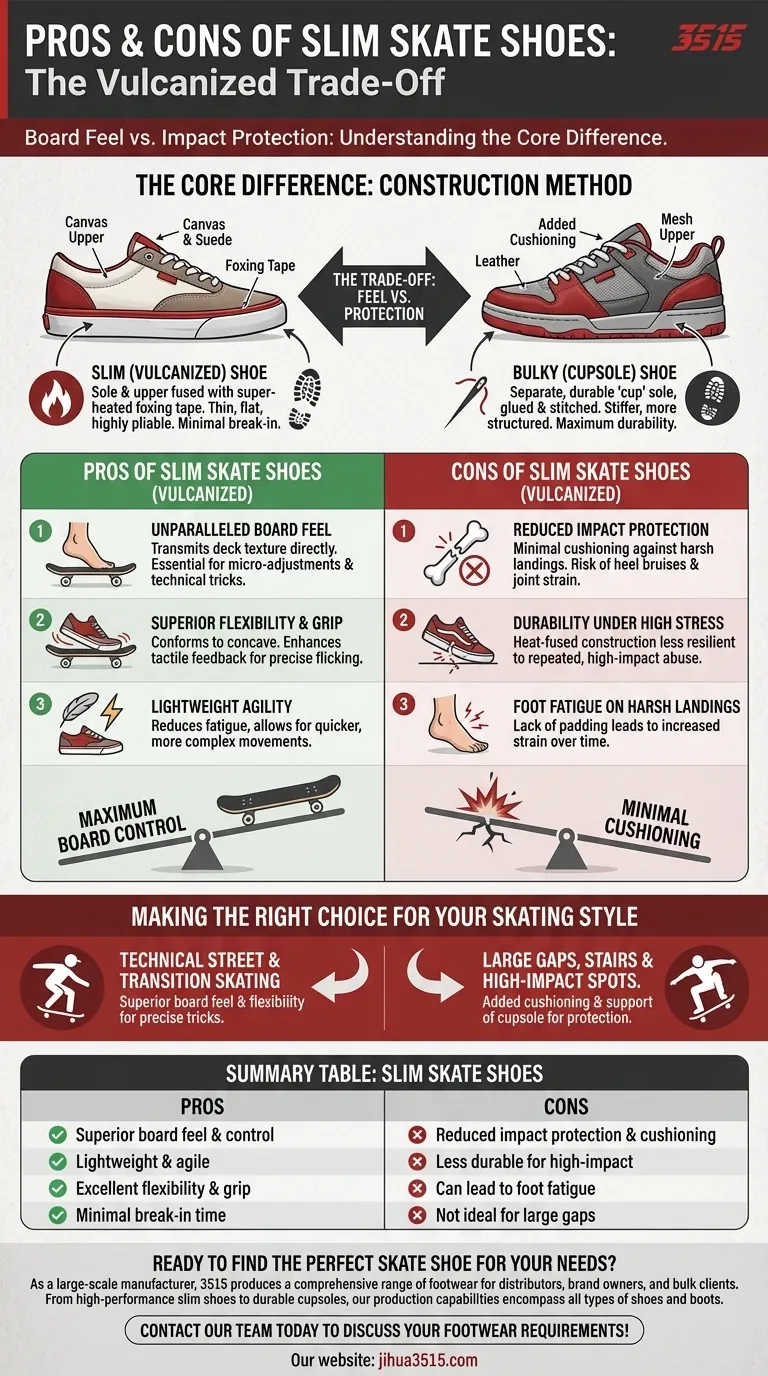
Related Products
- Wholesale Lightweight Cushioned Athletic Sneakers for Custom Bulk Production
- Durable Rubber-Soled Utility Shoes for Wholesale & Custom Brand Manufacturing
- Wholesale Breathable Athletic Sneakers - Custom Lightweight Cushioned Footwear Manufacturer
- Lightweight Breathable Sneakers with Wet-Traction Grip for Wholesale & Private Label
- Wholesale Durable Camouflage Canvas Shoes with High-Traction Cleated Rubber Sole
People Also Ask
- What are the key differences between walking shoes and running shoes? Choose the Right Shoe for Your Activity
- How do non-slip athletic shoes differ from regular athletic shoes? Discover the Grip Technology
- What is the significance of arch support in running and walking shoes? Enhance Comfort and Prevent Injury
- How does the foot strike differ between walking and running? Master the Mechanics for Better Footwear
- Is it advisable to run in walking shoes? Avoid Injury with the Right Footwear
